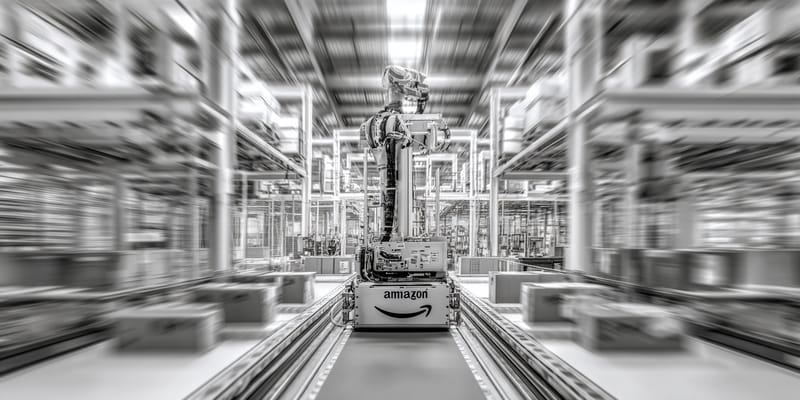Foxconn Allocates $1.37 Billion for AI Compute Infrastructure Expansion

Reuters reports that Foxconn's board of directors approved an investment plan worth NT$42 billion, approximately $1.37 billion, to procure equipment for an AI compute cluster and supercomputing center. The company filed this announcement late Monday, October 27, 2025. The investment will be deployed between December 2025 and December 2026 using internal funds. Foxconn, officially known as Hon Hai Precision Industry Co Ltd, stated the purpose is to expand its cloud compute service platform and accelerate development of its three smart platforms. The company did not specify the exact location for this infrastructure deployment.
The world's largest contract electronics manufacturer has been expanding its presence beyond traditional smartphone and consumer electronics production. This latest commitment represents another step in Foxconn's transformation strategy as it pursues opportunities in AI infrastructure and cloud computing services.
Strategic Importance for Manufacturing Evolution
This investment matters because it positions Foxconn at the intersection of hardware manufacturing and AI infrastructure services. The company is moving from assembling devices for tech giants to operating computing infrastructure that powers AI applications. Foxconn's three smart platforms—Smart Manufacturing, Smart Electric Vehicles, and Smart Cities—require substantial computing power for development and deployment. This infrastructure will support those initiatives while potentially generating revenue from cloud services.
The timing aligns with Foxconn's broader AI initiatives. Earlier in 2025, the company revealed its FoxBrain large language model, developed using Nvidia technology and trained in just four weeks. World Economic Forum notes that Foxconn is transitioning to an AI-powered robotic workforce to address rising labor costs and local manufacturing trends. The company employs AI and digital twin technology for precise assembly tasks, reducing deployment times by 40 percent and lowering error rates by 25 percent. This investment in computing infrastructure will support continued development of these AI-driven manufacturing capabilities.
Global AI Infrastructure Investment Context
Foxconn's commitment fits within a larger pattern of massive capital deployment into AI infrastructure worldwide. Data Centre Magazine reports that JLL forecasts approximately $170 billion of data center asset value will require new construction lending or permanent financing in 2025 alone. The global data center market is projected to grow at a 15 percent compound annual growth rate through 2027, with scenarios reaching 20 percent growth.
Major technology companies have announced staggering investments in AI-enabled infrastructure. Microsoft plans to allocate $80 billion for fiscal 2025, while Amazon intends to spend over $100 billion on AI data centers over the next decade. Google's parent company Alphabet committed $75 billion for global expansion, and Meta increased capital expenditure to $60-65 billion for AI facilities. These investments reflect the computational demands of large language models, machine learning applications, and generative AI services.
The AI infrastructure boom presents both opportunities and challenges. Companies must address power density requirements, with AI data centers typically needing 50-150 kilowatts per rack compared to 10-15 kilowatts for traditional computing. Energy consumption concerns are rising, as AI data centers are projected to account for a growing share of global electricity demand. Private equity firms and infrastructure investors are expanding their presence in the sector, viewing data centers as long-term assets with strategic importance.
Further Reading
For deeper insights into global adoption trends, our Alternative Financial Systems Index tracks regulatory frameworks and adoption metrics across 50 countries.









